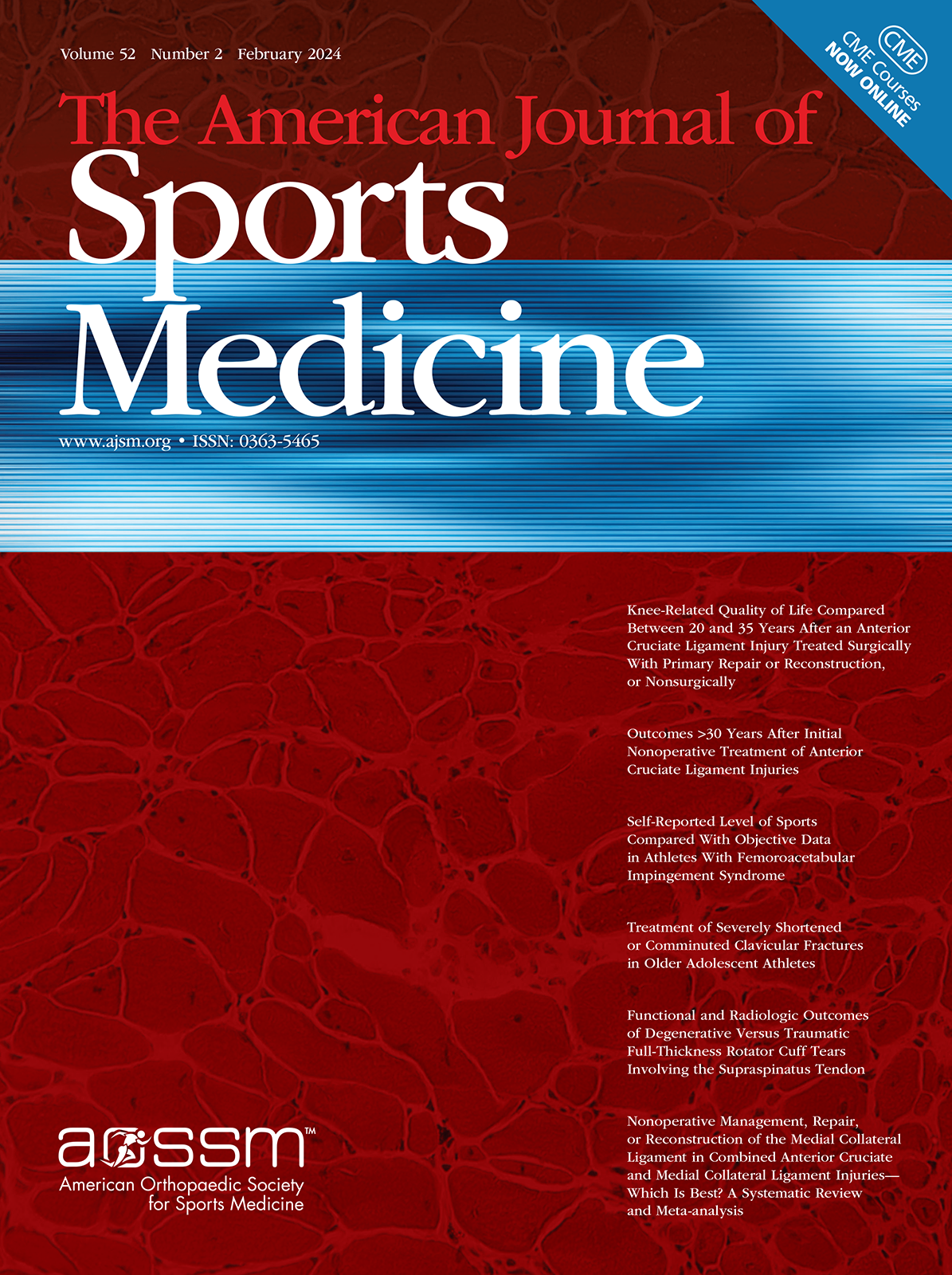
Open kinetic chain strength exercises provided superior results for ACL deficient patients

Open kinetic chain strength exercises provided superior results for ACL deficient patients
A comprehensive rehabilitation program with quadriceps strengthening in closed versus open kinetic chain exercise in patients with anterior cruciate ligament deficiency: A randomized clinical trial evaluating dynamic tibial translation and muscle function
Am J Sports Med. 2008 Feb;36(2):298-307Synopsis
42 patients suffering from ACL deficiencies were enrolled in this randomized trial to examine the effects of additional strength exercises to a standard rehabilitation program on leg strength and stability. Patients were randomized to receive either additional open kinetic or closed kinetic chain (OKC, CKC) exercises in combination with a standard therapy. As hypothesized, following the 4 month re...
To view the full content, login to your account,
or start your 30-day FREE Trial today.
FREE TRIAL
LOGIN
Forgot Password?
Explore some of our unlocked ACE Reports below!

Learn about our AI Driven
High Impact Search Feature
Our AI driven High Impact metric calculates the impact an article will have by considering both the publishing journal and the content of the article itself. Built using the latest advances in natural language processing, OE High Impact predicts an article’s future number of citations better than impact factor alone.
Continue



 LOGIN
LOGIN

Join the Conversation
Please Login or Join to leave comments.